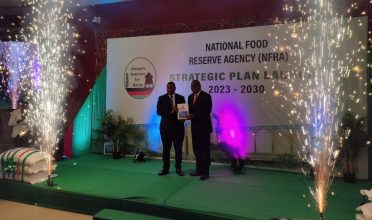Mpatamanga plant could solve power woes—minister
Construction of the proposed $1 billion (about K740 billion) 350 megawatt (MW) Mpatamanga Hydropower Plant will be key in meeting future power demand.
Minister of Natural Resources, Energy and Mining Bintony Kutsaira said this on Friday at the launch of the procurement of a strategic sponsor of the project.

The project, which is scheduled to start in six months’ time, is designed to have two dams, one for 309MW daily peaking plant and a regulating dam downstream for additional 41MW of base load generating capacity.
Said Kutsaila: “That the country is facing power challenges is no longer news, but with the coming of this, Malawians should be rest assured that such problems are nearing the end.”
The launch has come at a time when Malawi is facing power supply challenges with hydro-electric generation capacity—which is the main source of energy in Malawi—reduced from the potential demand of 351 megawatts (MW).
Electricity Generation Company of Malawi (Egenco) chief executive officer William Liabunya said they will ensure smooth and timely implementation of the project.
“Other investments are failing to take place because of the present low generation capacity,” he said.
The World Bank Group has since committed to fully support the project as a priority identified under the Malawi Government’s Integrated Resource Plan.
“IFC [International Finance Corporation] and IDA [International Development Association] will be looking to provide financing and guarantees to support the implementation of the project as a public private partnership with a view to arrive at a competitive tariff for the sector,” said IFC resident representative Madalo Minofu.
On her part, Public Private Partnership Commission (PPPC) acting chief executive officer Audrey Mwala said at the initial marketing phase of the project, about five international companies had shown interest to invest in the project
“There is interest in investment and actual financing of the project. There are a number of investors and financers at our door looking forward to finance and invest in this project,” She said.
The prospective sponsor will contribute 40 percent to the project while the remaining 60 percent will be split in half and shared by Egenco and World Bank Group.





